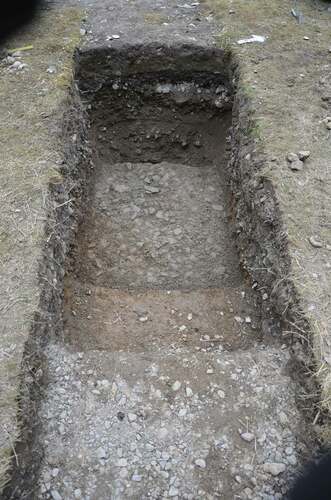Figures & data
Figure 2. Aerial photo of Lungo Than (Eng. The Long Place) camp, Southern Stockholm, inhabited 1957–1958 and located in the centre of the picture just south of the road. The camp was a predecessor of the Skarpnäck Camp. Photo courtesy of Lantmäteriet.

Figure 4. Aerial photo from the Skarpnäck Camp area, 1960. The camp is clearly visible, built as a square around a courtyard, with an exit at the north-east, towards the road. Note the vast forested area surrounding the camp. Photo courtesy of Lantmäteriet.
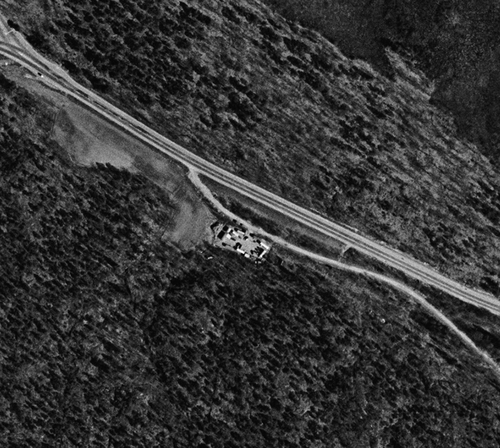
Figure 6. Finds from the Skarpnäck Camp, 1959–1963. Photo Helena Rosengren, the Swedish History Museum.
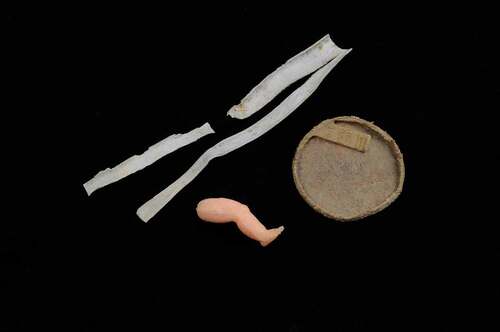
Figure 1. Excavation and field discussion at Skarpnäck Camp, August 2016. From left to right, Marianne Demeter, Allan Demeter, and Fred Taikon; in the foreground Jonas Monié Nordin. Photo: Lotta Fernstål.
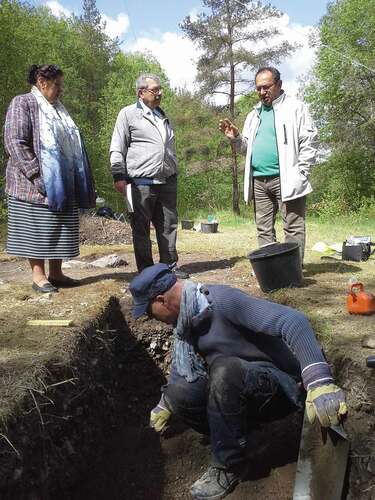
Figure 3. Tinning in a Roma camp 1954. To the right Borta Friberg, member of the project group. Photo Anna Riwkin. Courtesy of Moderna Museet, Stockholm.
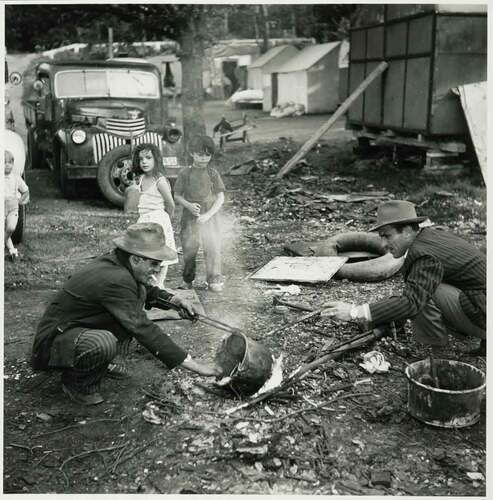
Figure 5. Still photo from 1963: the television documentary, Vagabond eller vanlig människa? [Vagrant or ordinary human?] The Skarpnäck Camp during winter from Southeast.
![Figure 5. Still photo from 1963: the television documentary, Vagabond eller vanlig människa? [Vagrant or ordinary human?] The Skarpnäck Camp during winter from Southeast.](/cms/asset/d3a49b18-bec8-49e9-9444-93d5e5a2e923/rwar_a_1999852_f0005_b.gif)
Figure 7. Photo from trench nr 2, showing the stratigraphic sequence. The lower surface corresponds to the layer of gravel laid by Stockholm municipality in 1959; the middle surface to the thin occupation layer of the camp (1959-1963); the upper surface in the foreground is the layer of gravel used as a foundation for the stone-breaker post in 1963. Photo Anna Arnberg.
